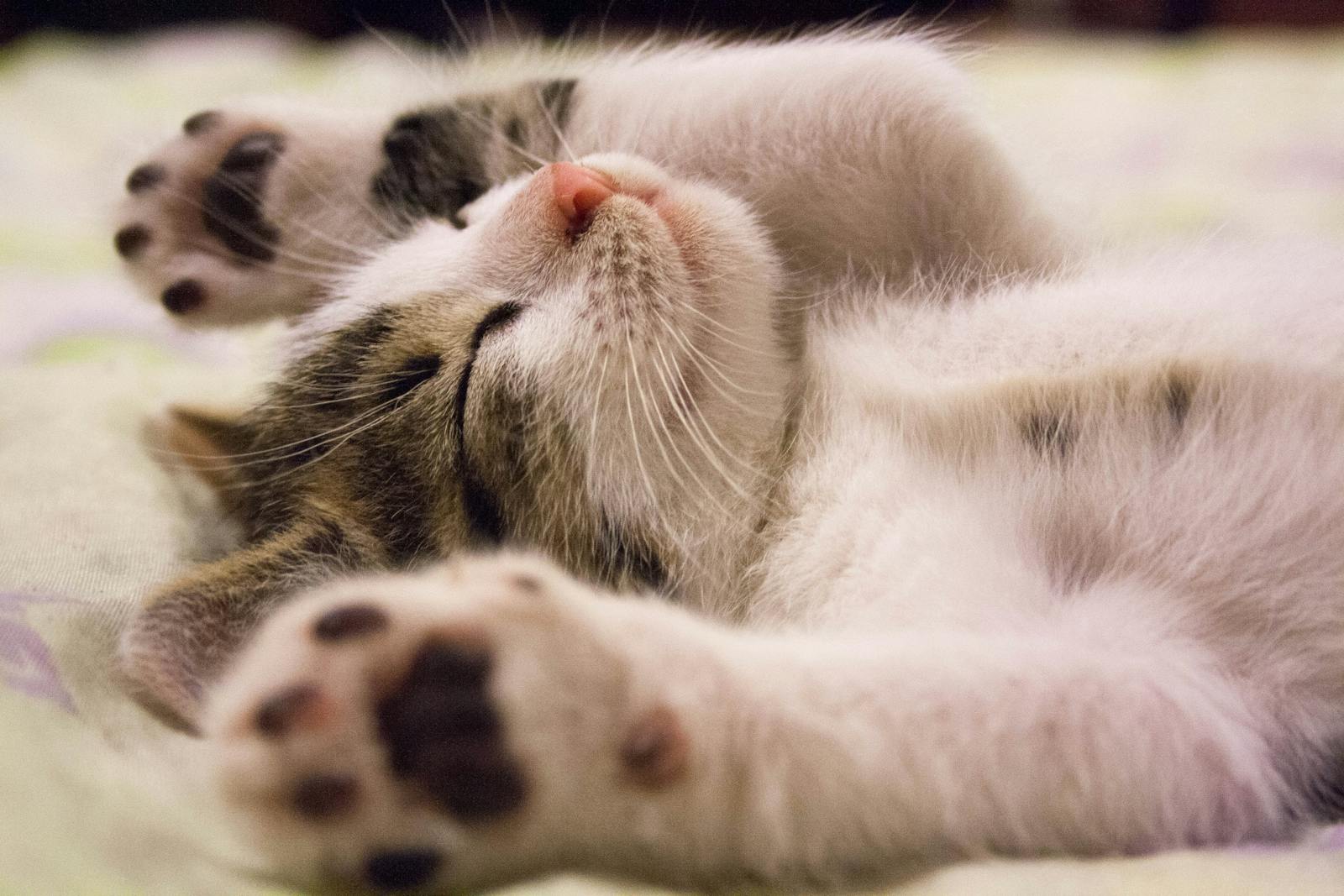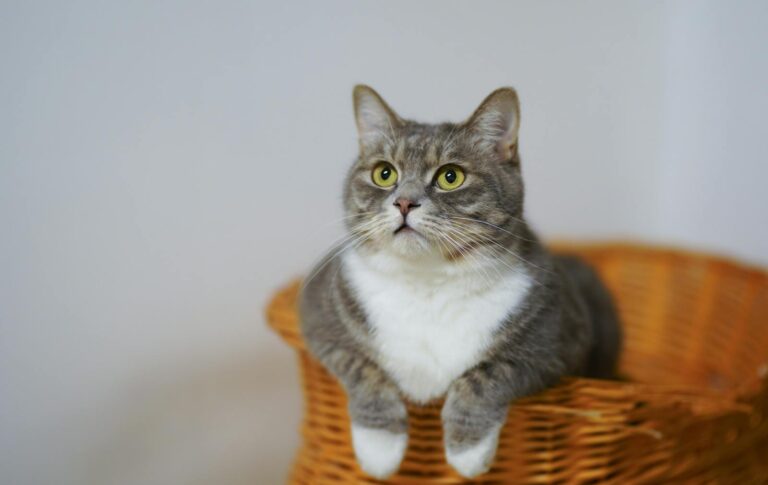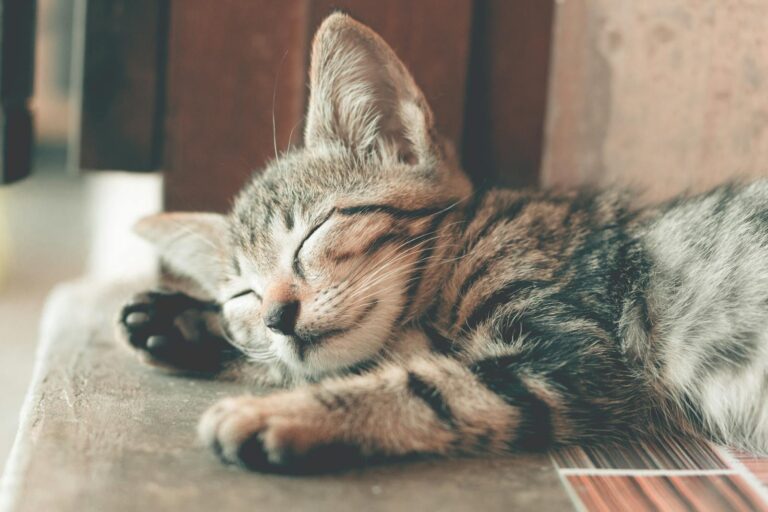Kitten vs. Adult Cat Food – Understanding the Real Difference for Your Feline Friend
When it comes to feeding our beloved feline companions, one question often arises: Kitten vs. Adult Cat Food: What’s the Real Difference? It’s essential to understand the distinct nutritional needs of cats at different life stages to ensure optimal health and well-being. This article delves deep into the subject, exploring everything from nutritional requirements to potential risks associated with improper feeding.
Nutritional Needs: Kitten vs. Adult Cat
Cats have unique dietary requirements that change as they grow. Kittens are in a critical period of growth and development, while adult cats have different nutritional demands that maintain their health and energy levels. Understanding these differences is crucial for providing the right diet.
Growth and Development in Kittens
Kittens, typically up to one year old, are in a phase of rapid growth. During this time, their bodies require higher levels of protein, fats, and essential nutrients to support muscle development, organ function, and overall growth.
Kittens need about 30-40% protein in their diets, significantly more than what adult cats require. This high protein content helps build strong muscles and tissues. Furthermore, kittens benefit from certain fatty acids, such as DHA (Docosahexaenoic acid), which is vital for brain development and vision.
It’s also important to note that kittens have small stomachs, so they need to eat smaller, frequent meals throughout the day to meet their growing energy needs. Feeding them calorie-rich food ensures they receive the necessary nutrients without overloading their digestive systems.
Maintenance Needs in Adult Cats
Once a cat reaches adulthood, which usually occurs between one and seven years of age depending on breed, their nutritional needs shift. Adult cats require fewer calories as their growth has stabilized. The typical protein requirement for adult cats drops to about 25-30%.
The focus for adult cat food is maintaining health rather than promoting growth. This means that while protein and fat are still essential, the proportions adjust to prevent obesity and related health issues. Adult cats also need a balanced diet that includes vitamins and minerals to support their immune system, digestion, and overall well-being.
Additionally, hydration becomes crucial for adult cats, especially if they consume dry food. Ensuring they have access to fresh water can help prevent urinary tract problems, which are prevalent in adult felines.
Special Considerations for Senior Cats
While not strictly part of the kitten vs. adult discussion, it’s worth noting that senior cats (typically aged seven and above) have special dietary needs too. They may require lower-calorie diets, easily digestible foods, and added joint supplements due to age-related conditions. Choosing the right food at each life stage is essential to cater to their changing requirements.
Key Differences in Kitten and Adult Cat Food Ingredients
Ingredient quality and composition play a significant role in formulating kitten and adult cat food. Understanding the key differences in ingredients can help pet owners make informed choices that align with their cat’s nutritional needs.
Protein Sources
In kitten food, high-quality protein sources such as chicken, turkey, or fish are emphasized. These proteins must be easily digestible and provide all essential amino acids to support growth.
Adult cat food, while still containing good protein sources, may include lower amounts or different kinds of protein, as the needs are less critical compared to kittens. It’s not uncommon for adult cat food to also incorporate plant-based proteins to reduce costs, but these may not always fulfill a cat’s amino acid requirements completely.
Fat Content
Kittens require higher fat levels—usually around 20–30% of their diet—as fats are a concentrated source of energy, essential for their active lifestyle. Fats also assist in nutrient absorption and promote healthy skin and fur.
Conversely, adult cat food should contain moderate fat levels to avoid unnecessary weight gain. Healthy fats like omega-3 and omega-6 fatty acids are essential for coat health and overall well-being but must be balanced to prevent obesity.
Vitamins and Minerals
Kitten food is enriched with additional vitamins and minerals such as calcium and phosphorus to support bone development. The ratios of these minerals are specifically designed to cater to their growing bodies.
Adult cat food, however, aims to maintain existing health rather than promote growth. The mineral ratios are adjusted to avoid the risk of urinary tract issues or kidney problems, common in older cats.
Additives and Preservatives
Both kitten and adult cat foods may contain additives and preservatives; however, the nature of these varies. Kitten food often has added probiotics for gut health to aid digestion during this crucial growth phase.
In contrast, adult cat foods may focus on using natural preservatives while avoiding artificial ones, as mature cats can be more sensitive to such chemicals. Quality brands will clearly indicate their ingredient sourcing and processing methods, allowing pet owners to choose wisely.
| Ingredient Type | Kitten Food | Adult Cat Food |
|---|---|---|
| Protein Source | High-quality animal proteins | Moderate proteins, some plant-based |
| Fat Content | Higher (20-30%) | Moderate (15-20%) |
| Vitamins & Minerals | Calcium and phosphorus for growth | Balanced for maintenance |
| Additives | Probiotics for digestion | Natural preservatives |
The Importance of Age-Appropriate Feeding
Feeding your cat age-appropriate food is crucial for maintaining their health and wellbeing throughout their life stages. The consequences of incorrect feeding can range from minor issues to severe health complications.
Growth Challenges in Kittens
If kittens are fed adult cat food, they miss out on essential nutrients required for proper growth. This could lead to developmental delays, weakened immune systems, or skeletal deformities.
Moreover, undernourished kittens may exhibit stunted growth, soft bones, and other health issues. Owners must recognize the importance of nourishing kittens adequately to set them up for a long, healthy life.
Obesity in Adult Cats
On the flip side, feeding kitten food to adult cats can lead to obesity. Since kitten food contains higher calories and fat content, adult cats consuming it may experience weight gain, leading to diabetes, joint problems, and decreased lifespan.
Obesity can further complicate existing health issues, making it imperative to stick to age-specific food. Responsible pet ownership includes recognizing the changing needs of a cat’s diet as they progress through life.
Behavioral Changes
Nutrition affects not only physical health but also behavior. Kittens fed appropriately may exhibit playful, energetic behaviors, while those improperly nourished might become lethargic or develop anxiety.
Similarly, adult cats fed an unsuitable diet may experience changes in mood or aggression. Understanding the importance of appropriate feeding helps foster a harmonious environment for both owner and pet.
The Role of Veterinary Guidance
Consulting with a veterinarian can provide valuable insights into your cat’s individual needs. They can assess your cat’s health, recommend specific diets based on age and health status, and guide you through the transition process when necessary.
Potential Risks of Feeding Kitten Food to Adult Cats
While it might seem harmless to offer leftover kitten food to adult cats, there are genuine risks involved in doing so. Understanding these concerns reinforces the necessity of adhering to age-appropriate feeding guidelines.
Weight Gain and Obesity
As previously mentioned, one of the most immediate risks of feeding kitten food to adult cats is weight gain. The calorie-dense nature of kitten food, coupled with a generally lower activity level in adult cats, can lead to excess weight accumulation.
Obesity can cause a myriad of health problems, including diabetes, arthritis, and cardiovascular disease. Preventing these issues begins with responsible feeding practices tailored to each life stage.
Urinary Tract Issues
Adult cats are particularly prone to urinary tract infections and blockages. The imbalance of minerals found in kitten food may contribute to these issues. Over time, the consumption of inappropriate food can lead to serious complications requiring veterinary intervention.
Maintaining a proper diet with the correct mineral ratios is vital for preventing urinary tract health issues, promoting longevity, and ensuring that cats remain comfortable and active.
Gastrointestinal Distress
Sudden dietary changes, such as feeding adult cats kitten food, can lead to gastrointestinal upset. This can manifest as vomiting, diarrhea, or general discomfort. Cats’ digestive systems require gradual adjustments to new diets, and switching abruptly can compromise their health.
Cats are creatures of habit, and any abrupt changes in their diet could result in unwanted stress and health complications.
Nutritional Imbalance
Long-term feeding of kitten food to adult cats will lead to nutritional imbalances. Although kitten food is formulated for growth, the excess protein and fat levels are not appropriate for maintaining an adult cat’s health.
A consistent diet of inappropriate food can lead to deficiencies in crucial nutrients, leading to health issues down the line. Thus, it’s paramount to ensure that cats receive age-appropriate nutrition.
Transitioning from Kitten to Adult Cat Food: A Step-by-Step Guide
Transitioning your cat from kitten food to adult cat food requires careful planning. Taking a measured approach can help ease the cat into the new diet and minimize digestive disturbances.
Gradual Introduction
Begin by mixing a small amount of adult cat food with the current kitten food. A general rule of thumb is to use a ratio of 75% kitten food to 25% adult food for the first few days.
As your cat acclimatizes to the new taste and texture, gradually increase the proportion of adult food over the course of a week or two. This slow transition allows their digestive system to adapt comfortably to the new diet.
Monitor Health and Behavior
During the transition, keep a close eye on your cat’s health and behavior. Look for signs of gastrointestinal distress such as vomiting or diarrhea, which may indicate that the new food is not settling well.
Additionally, observe any behavioral changes. An adult cat that seems lethargic or disinterested in food may need a slower transition or an alternative brand of adult cat food.
Consult Your Veterinarian
If you’re uncertain about when to switch your cat to adult food, consulting your veterinarian is advisable. They can provide personalized recommendations based on your cat’s weight, health, and lifestyle factors.
Regular check-ups can help monitor your cat’s health post-transition and ensure they’re thriving on their new diet.
Establish a Routine
Once your cat has fully transitioned to adult food, establish a regular feeding schedule. Adult cats generally do better with fewer meals a day—one or two meals per day—rather than free-feeding.
Creating a routine helps regulate their metabolism and prevents overeating. Consistent feeding schedules also enhance the human-animal bond and allow for better monitoring of your pet’s eating habits.
Decoding Cat Food Labels: What to Look For
Navigating the world of cat food labels can be overwhelming. However, understanding how to read and interpret these labels is crucial for making informed choices about your cat’s nutrition.
Ingredient List
The ingredient list provides insight into what is actually in the food. Look for high-quality protein sources listed first, indicating the primary ingredient.
Be cautious of vague terms such as “meat by-products” or ingredients that sound overly processed. It’s best to choose foods with real meat and identifiable ingredients.
Guaranteed Analysis
The guaranteed analysis section outlines the minimum percentages of protein, fat, and other nutrients. Ensure that the values align with your cat’s age and dietary needs.
For instance, kitten food should show protein levels in the 30-40% range. Conversely, adult cat food should typically fall within the 25-30% protein range.
Nutritional Adequacy Statement
Look for the nutritional adequacy statement, which indicates whether the food meets the standards set by the Association of American Feed Control Officials (AAFCO). This statement informs you that the food provides complete and balanced nutrition suitable for your cat’s life stage.
Additional Claims and Certifications
Claims such as “grain-free,” “organic,” or “natural” can influence purchasing decisions, but they might not always equate to better nutrition. Be informed about what these terms mean and check for supporting evidence.
Certifications from recognized organizations can offer further credibility to the brand’s commitment to quality. Always research reputable brands before making a purchase.
Conclusion
Understanding Kitten vs. Adult Cat Food: What’s the Real Difference? is essential for any cat owner aiming to provide the best care for their feline companions. From recognizing the distinct nutritional needs at various life stages to knowing the risks associated with inappropriate feeding, being informed allows pet owners to make educated choices. By focusing on age-appropriate diets, closely monitoring their pets’ health, and transitioning carefully between food types, owners can ensure their cats live healthy, vibrant lives.







